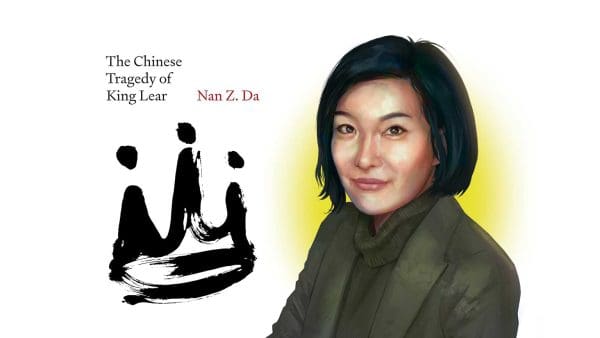Teaching Professor Linda Gorman teaches students about the implications of brain damage.
Teaching Professor Linda Gorman makes no apologies for being a fast talker. As her students know, the director of undergraduate studies in the Department of Psychological and Brain Sciences at Johns Hopkins just can’t help herself.
“I use PowerPoint in my classes; it forces me to go slower,” she says. “It’s just I get excited, and when I get excited that makes me talk even faster. I love teaching—it’s so much fun.”
In particular, Gorman gets excited discussing her upper-level undergraduate course Brain Injury and Recovery of Function, which she conceived and has taught since 2002. The course is designed to keep students on the cutting edge of the field, and thus relies heavily on the most current primary sources: medical, scientific, and psychiatric journals and papers.
“This is a field that is totally freeing because you don’t know everything, you can’t possibly know everything, but you have to be able to think and question,” Gorman says. “A lot of what we think we know about the nervous system is going to change. That’s why I can’t keep a textbook for more than two years. You have to be able to modify and not be tied to one theory.”
Early in the semester, the 15 students in the class took turns discussing their backgrounds and scientific interests (most are seniors majoring in neuroscience), before Gorman launched into a lecture on the history of the field. Throughout the fall, the course covers such topics as the cellular and molecular mechanisms of brain injury, immune and inflammatory responses, and the recovery of function.
“We talk generally because it doesn’t matter how the brain gets injured,” she says. “The brain has only so many different things it does with an injury, so we talk about those things.”
Gorman complements her lectures by having students break into small groups to learn how to research and reference medical literature and materials—on such injuries as cranial traumas, strokes, spinal cord damage, degenerative and neurological diseases, and tumors. “They get to read the experts in their fields, so that’s a good starting place,” she says. “They extrapolate and defend what they’re saying and learn to be concise and articulate. That’s what scientific writing is.”
They also write six “scientific reflections” and three summary papers, plus deliver 20-minute oral presentations throughout the semester.
“I wanted them to do presentations where they were reading the primary journal article and becoming the resident expert,” says Gorman. “It’s one thing to read it yourself and write papers, but they have to actually present it and talk to other students in a way they can understand. That’s a skill for whatever field they go into.”
The overall goal, says Gorman, is to get the physicians and scientists of tomorrow to think critically and be able to express their ideas. “I’m teaching them how to take information in the literature and come up with their own ideas, and articulate it in written and oral formats,” she says.
“I could talk forever and get them excited,” Gorman says. “But unless you take this information and think about it from your own perspective and relate it to somebody else, you’ll never get it. This kind of class forces them to use the information and think of how to help put together the story. Hopefully, they now have a way of thinking and questioning, to have ways to find the answers.”



